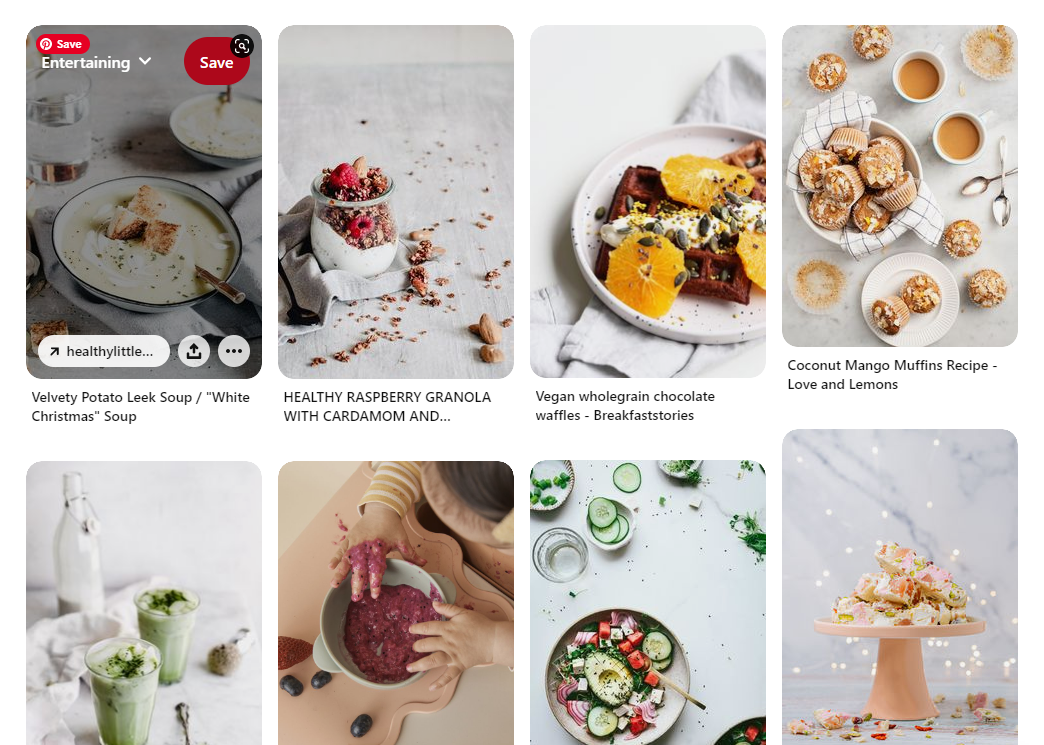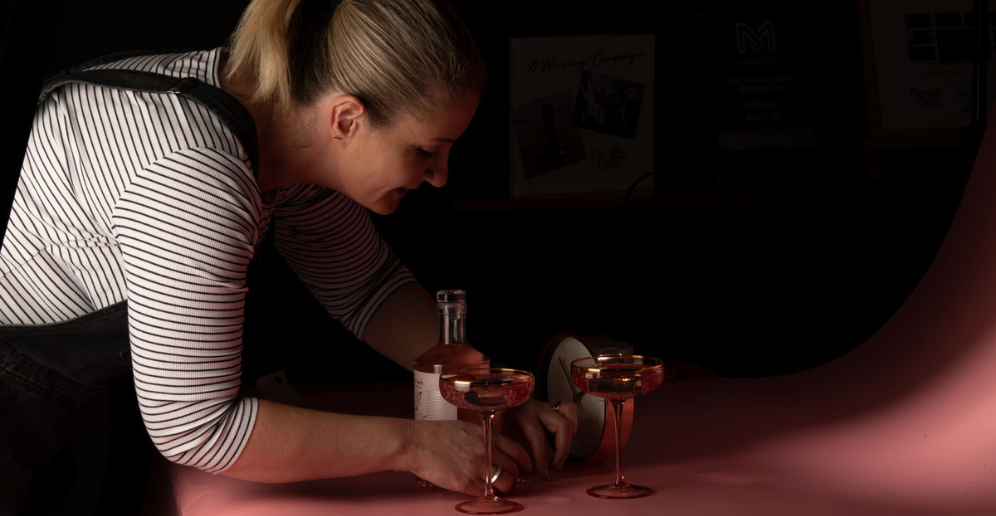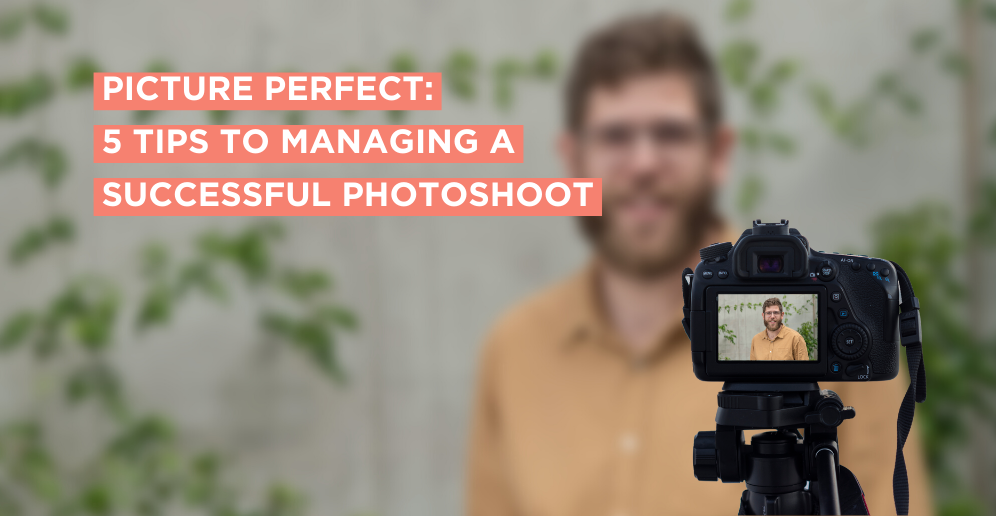A successful photoshoot can make or break a marketing campaign. Whether you’re promoting a product, service, or brand, the images you use for your business can have a huge impact on how potential customers see and understand you.
Here are my five best tips to make sure you get the most out of your photoshoot:
1. Know what you want to achieve
Before you start planning a photoshoot, it is important to understand your goals and objectives for this particular shoot. Start by asking yourself the following questions:
- How will the images be used? Instagram needs to suit a square crop, while websites commonly use landscape orientation for blog and banner images, and need to be cropped wide.
- Will they be used for a limited time for a campaign, or will they be incorporated into the website or used ongoing? This can have an impact on the volume of images required, the photography style, or even the specialist photographer you book.
- What message do you want to convey? Professional? Fun? Young? Dark and stormy? What you decide here has a huge impact on location choice, whether you need external talent, props required on the day, or even a reschedule if the weather is not right for the “summer” vibe you are going for.
- Who do you want to attract and engage with using these photos? For example, if you were trying to recruit more diversity on your team, you need people who look or can relate to those people you want to attract. Knowing your target audience is crucial when it comes to using your photos in any kind of content. Not only do the images need to reflect your brand and business, but they should appeal to your target audience and be relatable to them.
Answering these questions ahead of time can help you define the purpose, angle, and final format for the images.
2. Plan your photoshoot in advance
The more detailed your planning and preparation is, the better the result. If you decide on and organise the location, talent, props, and overall style of the shoot in advance, you’re better placed to get all the photos you need.
A mood board detailing the aesthetic of the photoshoot and pulling together a shot list (a wish list of photos that detail exactly what angles you want or the stories you want your photos to tell) are vital to your planning phase. Starting a Pinterest board like the food photography one below, and sharing it with others, is a quick way to create a mood board and also collaborate with others in your team and the photographer.

PHOTOGRAPHY MOOD BOARD
Engaging the right photographer can also make or break your shoot. A photographer who knows your brand, style, and the kind of photos you want to capture is essential. Do your research when it comes to finding a photographer and what they specialise in. Your shot list and photo brief will go a long way to informing your photographer on what you’re looking for, so they can deliver you the results you need.
Being flexible is also key. Even the best-laid plans can go wrong, so be prepared to think on your feet and adjust as needed. Sometimes great photos can be produced from things going awry.
3. Communication and Direction are key
Photoshoots can have a lot of moving parts, there’s organising photographers and talent, liaising with your client and briefing your team. Having a clear and open line of communication with everyone on the team is essential. Make sure everyone knows what is expected of them and what the goals of the shoot are, including making sure everyone has the same run sheet on the day!
Ensure you have someone to direct the shoot. Often, people assume that the photographer is also the director, however, if they are expected to not only take photos but also organise talent, set up props, and prep the next scene, your 1.5 hour shoot will quickly turn into a 4 hour shoot. Having a director there on the day to ensure the coordination goes smoothly will make all the difference to your time and budget.

4. Accessorise wisely
Props and accessories can add an extra layer of interest to any image. However, it is important to use them wisely. It may seem quite simple to pare back the props and let the product speak for itself, but it’s incredibly easy to get carried away. Sometimes it can override the shot, and your product needs to be the focal point. Don’t overdo it with props and accessories, as too many can detract from the overall image and message you want to convey.
5. The details of post-production
After the photoshoot, review the images to ensure they meet your goals. This will help to ensure the photos suit your overall brand and campaign. Some photos may need retouching in post-production, including removing background elements, adjusting lighting, removing reflections, etc. When you spend the time to get the photos right in post-production, the results can be outstanding.
Directing a successful photoshoot requires a combination of understanding what you need from the photos, having a clear vision and a well-prepared team, keeping things simple, and communicating effectively. By following these tips, you can ensure that you’ll be happy with the final images and that they effectively meet your marketing goals.

